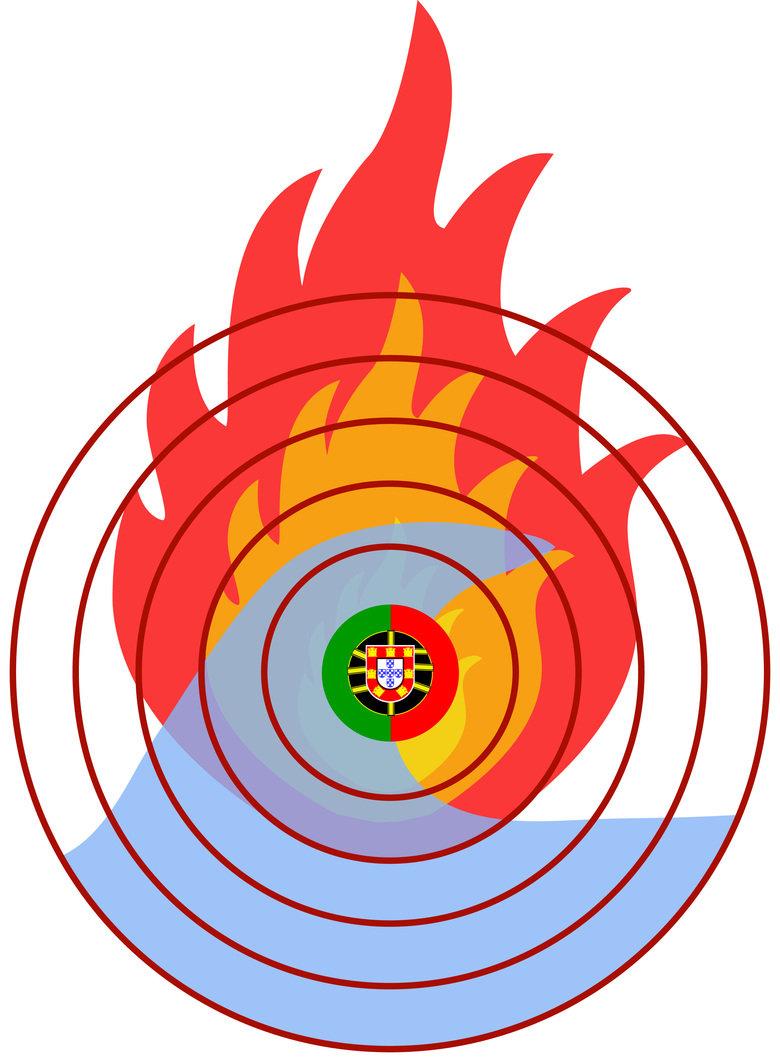
Economic chaos and a political power vacuum followed — from which a dictatorship arose.
Mark Molesky's richly readable This Gulf of Fire: The Destruction of Lisbon, or Apocalypse in the Age of Science and Reason paints an astonishing picture of the natural cataclysm that struck Lisbon on Nov. 1, 1755. But it goes well beyond that, too.
Molesky examines the historical consequences the earthquake had for Portugal. He weighs its effect on European thought (his title is borrowed from Voltaire). He traces how it spread as a news event across Europe and the Atlantic. He also argues that European aid to Portugal constituted "the first international relief effort in world history."
It's a sign of what kind of historian Molesky is that, after opening with a brief glimpse of the quake and its years long aftermath, he captivates your interest with a 40-page chapter devoted to the pre-quake city. He covers its religious leanings, sexual practices, food habits, physical layout, class hierarchies and more, providing a vivid picture of what was about to be destroyed when the first tremor hit at 9:45 a.m.
Three shocks, between 8.5 and 9.1 magnitude, struck over a 10-minute period, with eight full minutes of shaking. Southern Portugal got the worst of it, but the quake was felt as far away as Great Britain, Italy, Cape Verde and the Azores. Multiple tsunamis followed, hitting Spain, Morocco and West Indies. In Martinique, the ocean repeatedly rose as much as 30 feet.
Molesky does an astonishing job of chronicling individuals' moment-by-moment experience of the disaster. His best guess is that 40,000 people died in Lisbon, with roughly 53,000 fatalities worldwide. (The city's population at the time was 200,000, making it the fifth-most populous in Europe.) In the end, all that was left was a smoldering "chaos of stones."
It wasn't just lives that were wiped out, but untold wealth and cultural memory. Libraries, art collections and almost all official business and government records were destroyed. Among the losses: paintings by Titian and Rubens, and manuscripts documenting the Portuguese Age of Exploration.
The losses weren't just Portugal's but ours. As Molesky points out, "The principal reason the economic history of early modern Portugal, which is so fundamental to our understanding of the modern economy, has received less attention from scholars than it deserves is because the data from the period before the Lisbon Earthquake simply do not exist."
After the quake, Portugal nominally remained a monarchy under the rule of José I. But the Marques de Pombal — Portugal's ambitious secretary of state, who had the full confidence of the king — realized immediately that "the path to power lay through the recovery effort."
The ruthlessly pragmatic former ambassador had met with some of the greatest European minds of his day and had caught the Enlightenment bug — but without getting the message on tolerance. Pombal had zero patience with religious superstition, and under his authority the church and the nobility were left on the sidelines and later persecuted.
"The earthquake," Molesky sums up, "had brought about a revolution."
Seattle readers aware of our own seismic threat may find themselves wondering what effects, beyond physical destruction, a similar disaster would have on our city.



I didn't know that. Thanks for enlightening me.